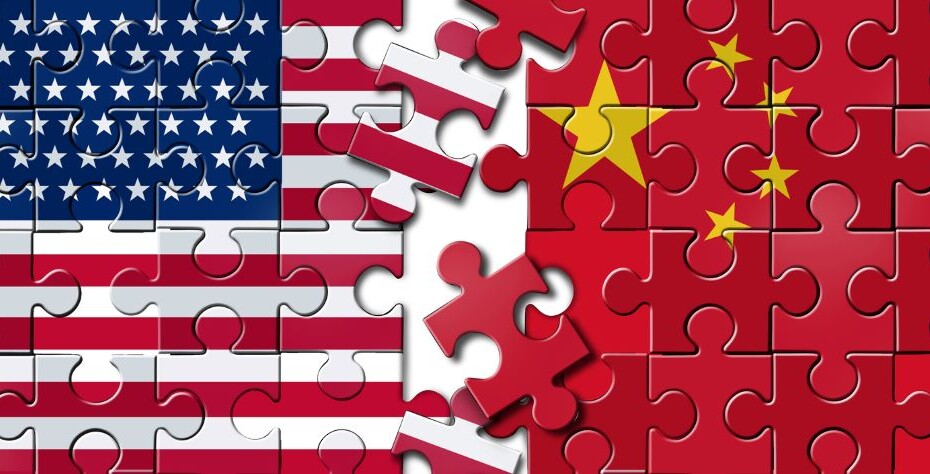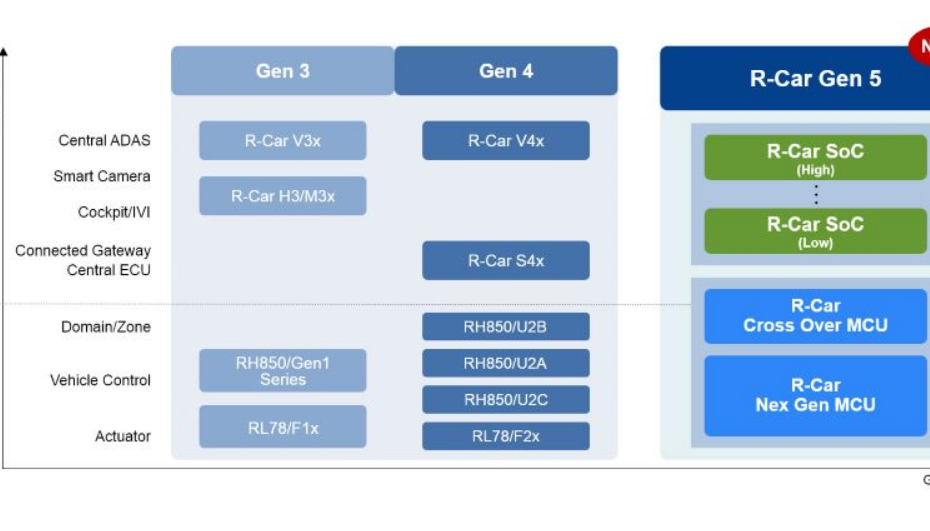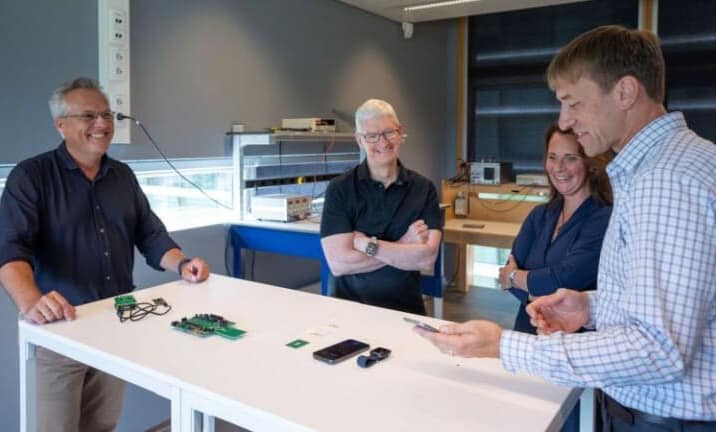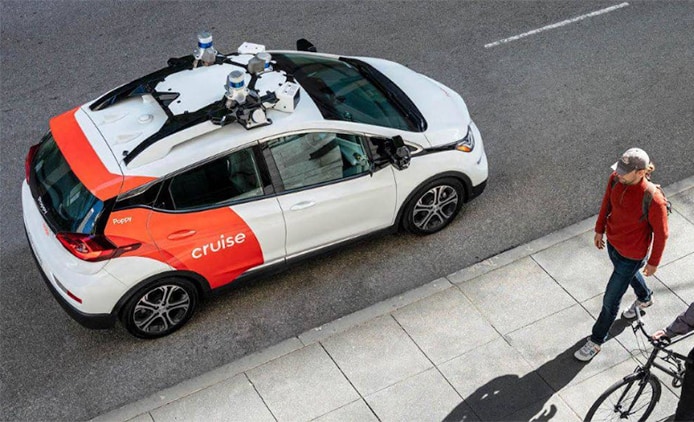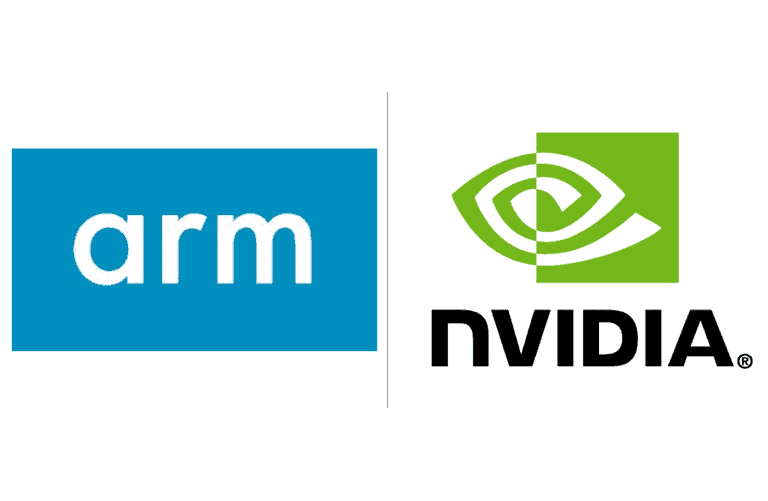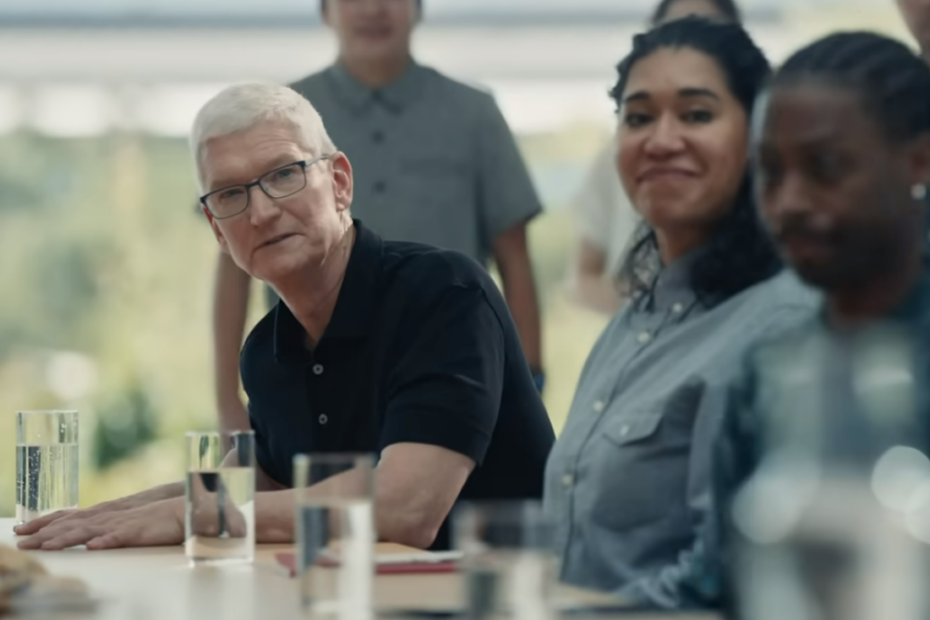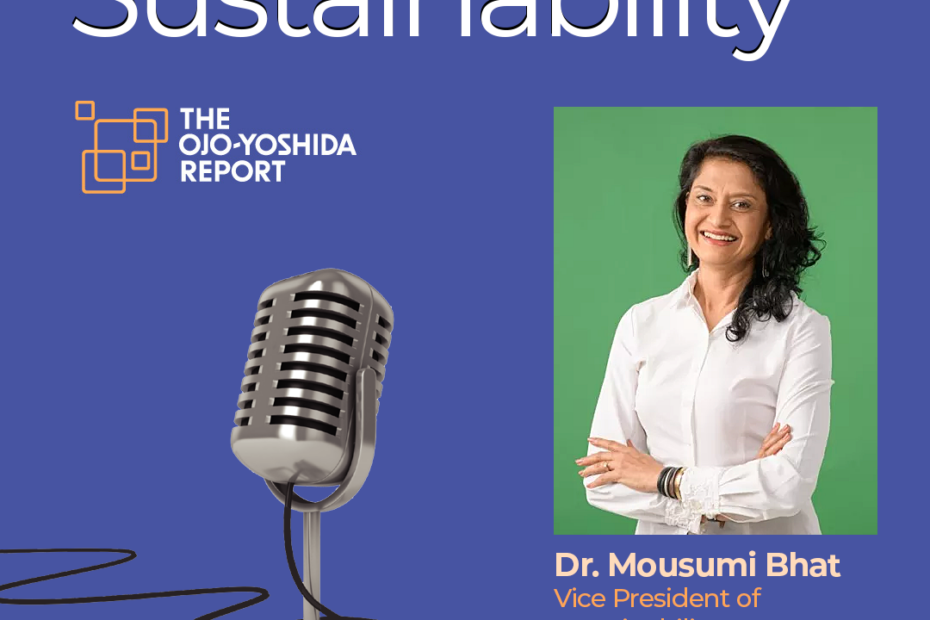Can Chinese Chiplets Dodge Export Controls?
What’s at stake:
Chiplets can advance the semiconductor industry by enabling system companies and semiconductor suppliers to mix and match chiplets manufactured by different foundries for heterogeneous integration. That concept, however, is also helping China to develop home-grown AI processors that could rival those manufactured by Western companies, currently banned from export.
Late last month, the Commerce Department’s Bureau of Industry and Security (BIS) published updated export controls covering advanced computing items and semiconductor manufacturing equipment under the Export Administration Regulations (EAR).
Buried within the dense bureaucratese was a reference to chiplets, a data point largely unreported in the tech media.
The agency’s updated export controls, set to go into effect on Nov. 17, 2023, added chiplet restrictions.
Read More »Can Chinese Chiplets Dodge Export Controls?
